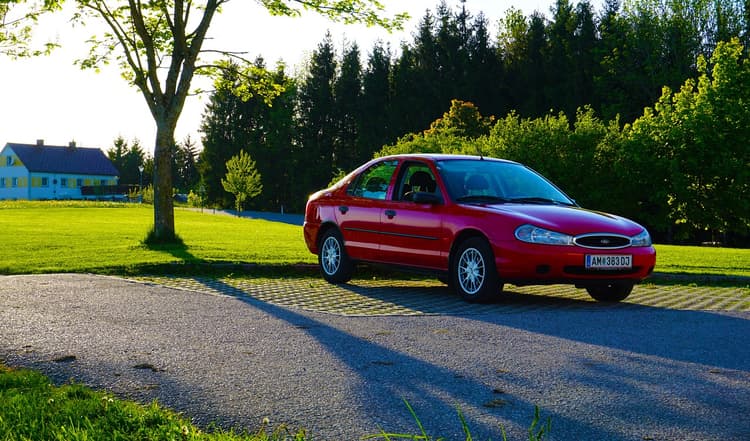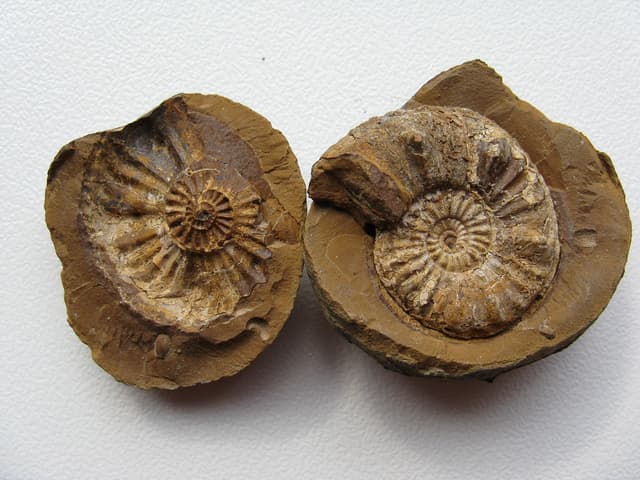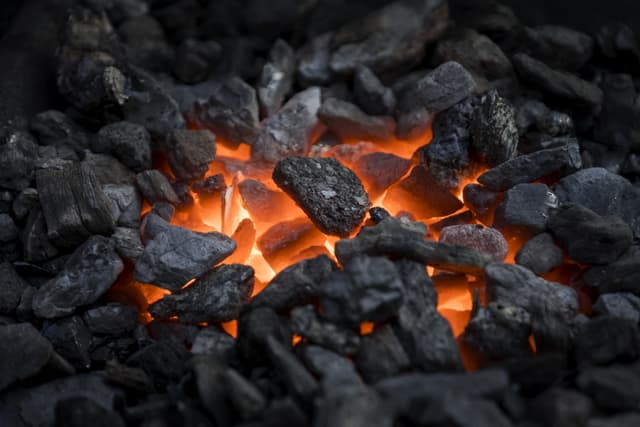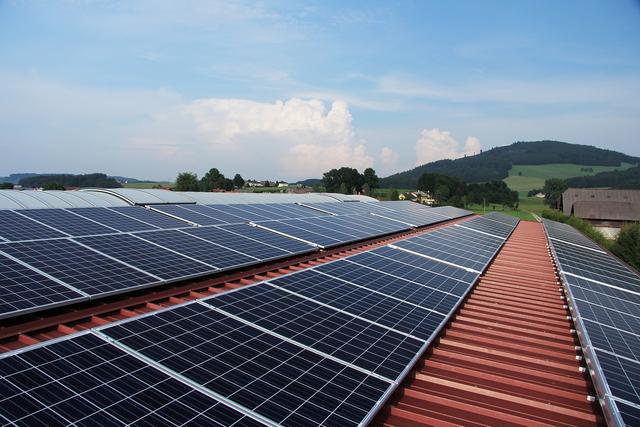Sustainable sources of electricity (non-statutory)
I can identify sustainable sources of electricity and describe their benefits to the environment.
Sustainable sources of electricity (non-statutory)
I can identify sustainable sources of electricity and describe their benefits to the environment.
These resources will be removed by end of Summer Term 2025.
Switch to our new teaching resources now - designed by teachers and leading subject experts, and tested in classrooms.
These resources were created for remote use during the pandemic and are not designed for classroom teaching.
Lesson details
Key learning points
- Generating electricity by burning fossil fuels (coal, oil, or gas) produces greenhouse gases that trap the Sun's heat.
- There are alternative ways of generating electricity that can be less harmful to the environment.
- Electricity can be produced from sustainable sources that won’t run out, such as sunlight and wind.
- Hydroelectricity is a sustainable source that is generated by the power of moving water.
- Other sustainable sources of electricity are biomass and geothermal.
Keywords
Generate - To generate electricity is to produce it.
Fossil fuels - Fossil fuels are fuels made over millions of years from fossilised plants and animals buried deep beneath Earth's surface.
Greenhouse gas - Gases which contribute towards global warming are called greenhouse gases.
Global warming - Global warming is a result of the processes that cause the average temperature of Earth to rise.
Sustainable sources - Sustainable sources of electricity are those which do not need to be replaced because they will never run out.
Common misconception
The only problem with using fossil fuels to generate electricity is that burning them produces greenhouse gases.
The lesson will explore additional concerns including the finite supply of fossil fuels and the fact that burning them causes air pollution.
To help you plan your year 6 science lesson on: Sustainable sources of electricity (non-statutory), download all teaching resources for free and adapt to suit your pupils' needs...
To help you plan your year 6 science lesson on: Sustainable sources of electricity (non-statutory), download all teaching resources for free and adapt to suit your pupils' needs.
The starter quiz will activate and check your pupils' prior knowledge, with versions available both with and without answers in PDF format.
We use learning cycles to break down learning into key concepts or ideas linked to the learning outcome. Each learning cycle features explanations with checks for understanding and practice tasks with feedback. All of this is found in our slide decks, ready for you to download and edit. The practice tasks are also available as printable worksheets and some lessons have additional materials with extra material you might need for teaching the lesson.
The assessment exit quiz will test your pupils' understanding of the key learning points.
Our video is a tool for planning, showing how other teachers might teach the lesson, offering helpful tips, modelled explanations and inspiration for your own delivery in the classroom. Plus, you can set it as homework or revision for pupils and keep their learning on track by sharing an online pupil version of this lesson.
Explore more key stage 2 science lessons from the Changing circuits unit, dive into the full secondary science curriculum, or learn more about lesson planning.

Equipment
You may wish to print out cards for task A.
Licence
Starter quiz
6 Questions



Exit quiz
6 Questions





